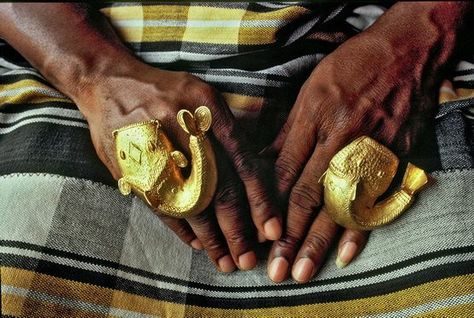Blog Post 1 -Disability
Through my research for this blog post on Disability an area that stood out for me was The Social Model of Disability.
The social model for disability was designed and developed by disabled people as a way to identify and take action against disabled people’s oppression and exclusion. The principle of the model offers a level of insight and explanation of disabled peoples experiences in society. This promotes a shift in creating social change
“The social model helps us recognise barriers that make life harder for disabled people. Removing these barriers creates equality and offers disabled people more independence, choice and control”.
Scope (2014)
An example of this was demonstrated in an article by performance artist Khairani Barokka who suffers from a chronic pain condition that they described as an “invisible disability”.
When researching venues for their performance they made sure to only play in venues that had wheelchair access. The script for the show was put on Google docs so that it was accessible to D/deaf and hearing-impaired attendees. They were also given a device with the scrip on it to read from during the performance. (Barokka (Okka), 2017)
This is a good example of removing the barriers that exclude and replacing with inclusive practices.
Artist Christine Sun Kim is hearing impaired, she uses her disability as a form of creative expression, whilst reclaiming the right to make noise!
She described feelings of being excluded when growing because she felt like sound didn’t belong to her and she was told to minimise her sounds and not be loud.
“I saw sound as their procession”. (Selby, 2011) In her work, she questions the ownership of sound, where those who have access to natural sound “Own it”. She lived with the frustration that her voice was being suffocated and she had difficulty in communicating with people and her parents. There was a strong sense of social exclusion in her expression.
In my own teaching practice, I see some inclusive principles of the social model in the ISA’s (individual support agreement) that students are allowed to used to help support them in their project work. This happens by means of a deadline extension and extra academic 1-2-1 support. So far, the most common disability I have seen this applied to sit under the neuro divergent umbrella such as: ADHD, Autism and Dyslexia.
The resources in this part of the unit have helped increase my knowledge of the broader spectrum of disabilities that exist and create a deeper awareness of issues that can affect my students.
Aside from reviewing students ISA’s, there are many ways in which the social model can be applied into the units I teach. For example, at the beginning of a unit I could be more inclusive by not only assessing individual student needs, but implementing a practice that offers a range of inclusive interventions for example:
- Focusing on short term goals of a project.
- Breaking projects into small steps.
- Taking short breaks during long 2 hour lectures.
- Making lecture slides accessible prior lecture.
- Developing multisensory activities such as video and audio.
- Recording complex instructions or information such as project briefs as a short video.
- Offering students choice in how they demonstrate their knowledge.
These are relatively simple amendments that could transform the learning experience for students with certain disabilities.
Scope (2014) Social model of disability, Scope. Available at: https://www.scope.org.uk/about-us/social-model-of-disability/.
Khairani Barokka (Okka) (2017) Deaf-accessibility for spoonies: lessons from touring Eve and Mary Are Having Coffee while chronically ill, Research in Drama Education: The Journal of Applied Theatre and Performance, 22:3, 387-392, DOI: 10.1080/13569783.2017.1324778
selby, the (2011) ‘Christine Sun Kim – 10min’, Vimeo. Available at: https://vimeo.com/31083172 (Accessed: 17 July 2022).

Thank you Wande for sharing your views and positionality regarding disability. I appreciate your honesty in terms of how your are currently managing disability and your practical approach about next steps. They are all of them very good ideas and I encourage you to apply them. I am sure all the students will appreciate them.
This is an excellent response Wande. I also really enjoyed Christine Sun Kim’s creative pracitse, and the way she speaks of reclaiming noise.
I think you have really considered how the material in this unit could be applied further to your teaching practise. An additional measure I would suggest is the use of Dsylexia-friendly font choices for lecture slides to make them easier to read, and considerations of colour combinations that improve legibility.
Keep up the good work!
Love this response Wande – I’ve learned a lot from how you have thought about adaptions in your own context. Having observed your teaching this year I know how accessible your sessions are and how much of these steps you weave into each session to make your teaching accessible for all.
I also appreciated how Khairani and Christine shared about their experiences of how the world has been disabling and seeing how they have navigated these experiences.